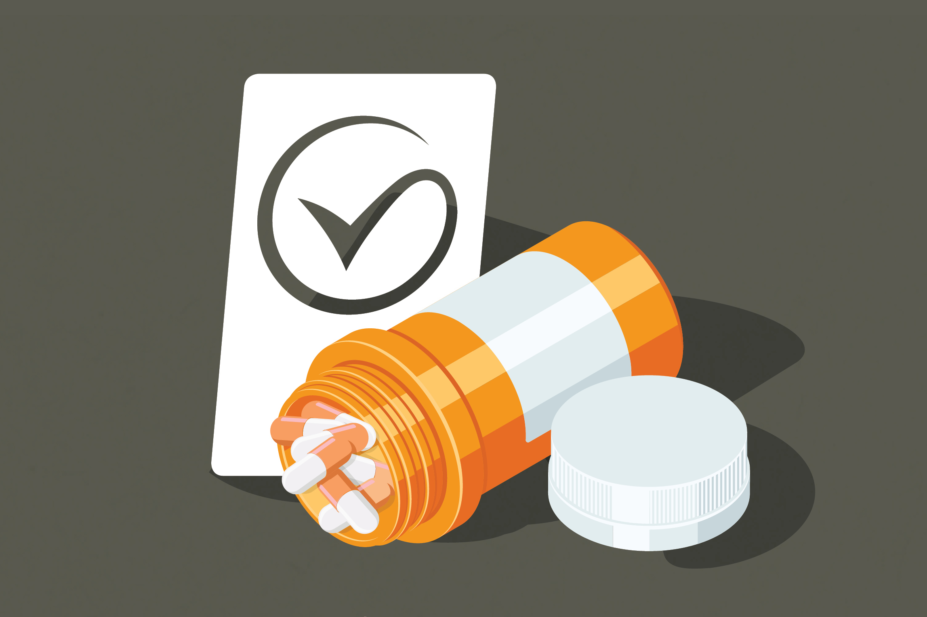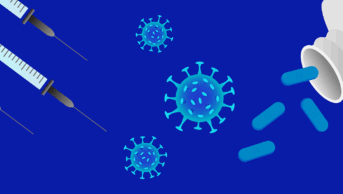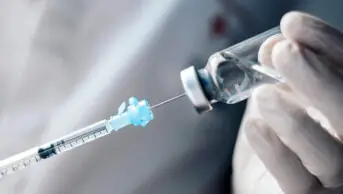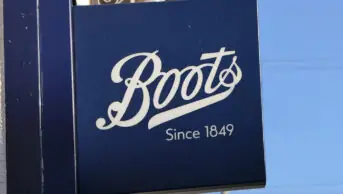
JL / Shutterstock.com
17 September 2019 — World Patient Safety Day (WPSD) — provided an excellent opportunity for the global healthcare community to reflect on patient safety and commit to improving it.
I’m part of the Medicines Use and Safety (MUS) team at NHS England’s Specialist Pharmacy Service, and we decided to mark WPSD by calling out to our nationwide network to see what pharmacists and teams were doing to mark the day or what plans they had for improving medication safety.
I have to confess that as I wrote and sent my email just before WPSD, I wasn’t expecting an overwhelming response. Pharmacists around the country are working long and hard to maintain and improve medication safety, and I thought they would be too busy to respond.
I couldn’t have been more wrong. Emails started to arrive in my inbox within a couple of hours, and I had received 35 by the end of the day. And after a few days I had received nearly 100.
As I read through the responses, I was struck by the number of pharmacists engaged in WPSD. And I was taken aback by the range of projects, the innovative work from around the country, and the way in which pharmacy teams were plugged into the wider healthcare team within their organisations. I was surprised and encouraged by the geographical spread of responses, from Guernsey to Durham, Sussex to Merseyside, and Devon to Essex. And a range of staff responded on behalf of their organisations across these regions: hospital chief pharmacists, community and general practice pharmacists, medicines information staff, medicines management teams and medication safety officers.
I hadn’t expected responses from academia, social care trusts, NHS England/Improvement, and Academic Health Science Networks. I was struck by the positive tone of all the responses; and I felt a real sense of ownership from teams over the activities that they were reporting, and the pride they took in their organisations.
Some shared videos, manned exhibition stands in public areas, ran quizzes and bulletins, and my favourite, a ‘survival of the safest’ treasure hunt.
One community pharmacist told me how they seek to promote medication safety in their own pharmacy through the medicines use review (MUR) process. Other respondents worked with their organisations to innovate ‘safety huddles’, to make staffing changes in emergency departments, and revise error policies and local medication safety programmes.
The medication areas that pharmacists were working on came as little surprise. High-risk medicines, such as opioids, insulins and lookalike-sound-alike medicines, featured commonly. And pharmacists were looking at tackling dosing errors in particular patient groups; paediatrics, for example. From this snapshot review, it became very clear that there’s a hive of activity across the country.
Quite rightly, someone emailed to say that “patient safety is always a number one priority and not for one day per year”. Another response from a hospital stood out to me — their website ran a ‘reminder to be kinder’ campaign for WPSD, in recognition that staff who feel respected and appreciated, and support each other, work more effectively and safely, and make patients feel safe too. Their campaign reminded me how critical our staff are to patient safety. They have the responsibility and privilege of keeping patients safe, and we need to care for them too.
It was lovely to mark WPSD by giving staff and organisations the opportunity to report with pride their activities that were many, varied and interesting. For anyone who might wonder how pharmacy is delivering on patient safety, this was a powerful snapshot. I now have a rich collection of information from the MUS network to follow up as we fulfil one of our key functions: facilitating discussion and sharing good practice. The responses show how a network can be a great way of sharing information about what’s going on at the front line, and it’s a great way to break down silos.
Barry Jubraj, associate director, Medicines Use and Safety team, Specialist Pharmacy Services


